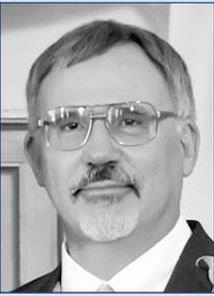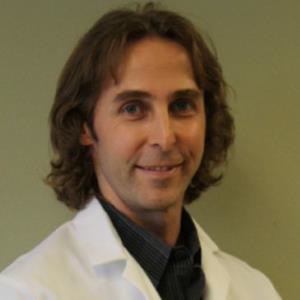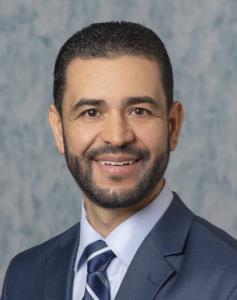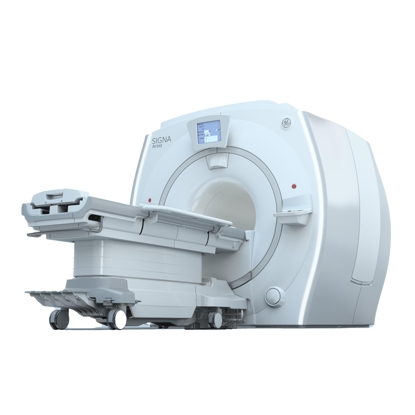
Cardiac Imaging
Hendrick Radiology Services offers noninvasive, comprehensive cardiac imaging to determine a wide range of cardiac needs. Available procedures include cardiac MRI, nuclear testing, ultrasound and computed tomography (CT). We provide imaging with the best low-contrast resolution at the lowest patient radiation dose.
-
James I.. Duff, MD
PathologyView Profile
-
John H.. Bliznak, MD
RadiologyView Profile
-
Michael J.. Maiers, MD
RadiologyView Profile
-
Steven J.. Nitke, MD
RadiologyView Profile
-
James A.. Rittimann, MD
Interventional RadiologyView Profile
-
Ashish C.. Patel, MD
RadiologyView Profile
-
Karen D.. Thomas, MD
PathologyView Profile
-
Ghassan A.. Tranesh, MD
PathologyView Profile
-
Jon T.. Anderson, MD
RadiologyView Profile
-
Ly T.. Ma, MD
PathologyView Profile
/











-for-VINThrive-SQUARE.jpg)










